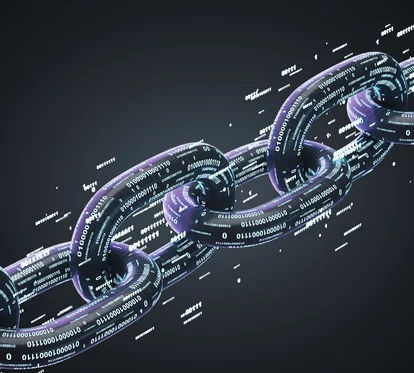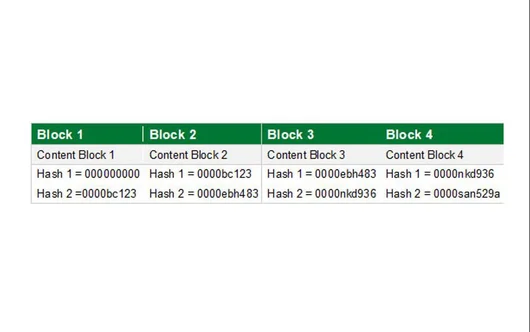To answer this question, we must first divide the term into two parts: block and chain. The latter part is the simplest in this context: a chain is a chain of links. So a block chain is a chain of blocks. But what is a block? To understand that, it is useful to know first what a database is, so we park the explanation of block after the explanation of database.
Database
A database is a collection of data, set up for flexible searching and use. This setup is characterized by the use of so-called records and columns. For convenience, compare these with rows and columns in Excel (not a database, but a calculation program).
Now imagine a horizontal row of several contiguous cells, in which you can record something per cell. For example, if such a record describes me as a person, then the first cell contains my name, the second cell (next to it) my age, the third cell next to it my BSN, and so on. If you describe several people in this way, you create columns as well as records. The first column then contains all the names, the second the ages and the third the BSN numbers.
A group of multiple, similar records and columns under one another is called a dataset, database or data file. Anything can be described in it: persons (as in the example), objects, but also transactions or process data.





